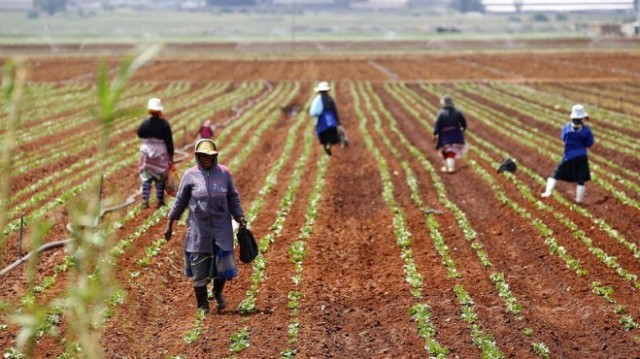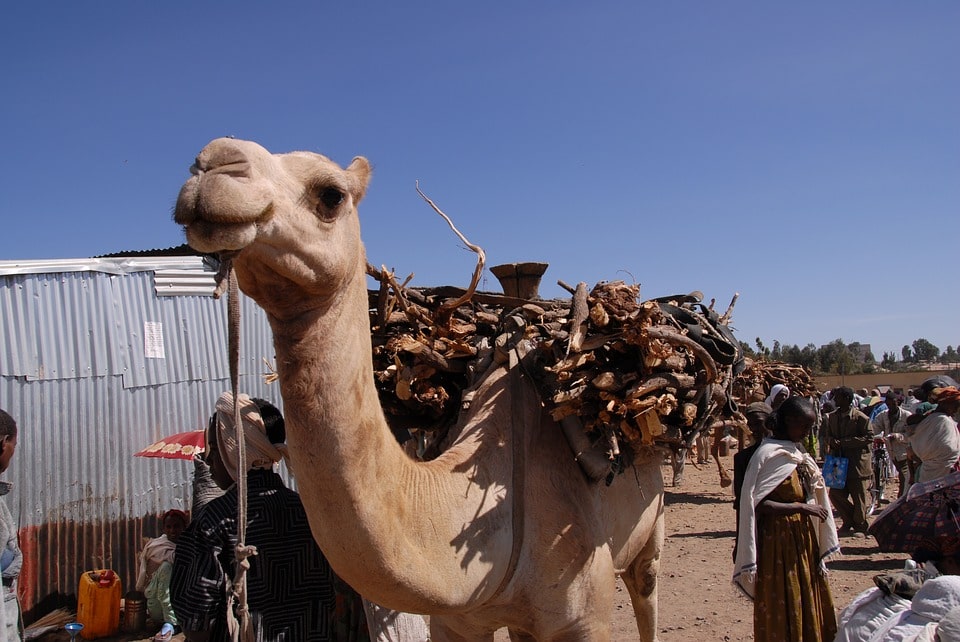Cereals and grains
Africa produces all the principal grains—corn, wheat, and rice—in that order of importance. Corn has the widest distribution, being grown in virtually all ecological zones. Highest yields per acre are recorded in Egypt and on the Indian Ocean islands of Réunion and Mauritius, areas where production is under irrigation. Millet and sorghum are also produced but principally in the savanna regions of the continent. Rice production and consumption have become increasingly important and are closely associated with areas of rapid urbanization. The most important rice-producing countries are Egypt, Guinea, Senegal, Mali, Sierra Leone, Liberia, Côte d’Ivoire, Nigeria, Tanzania, and Madagascar. Wheat production was once restricted to South Africa, the countries of North Africa, and the highland zones of Ethiopia and Kenya, but new varieties have extended cultivation (under irrigation) to countries in the savanna region such as Nigeria.
Legumes and fodder
Fodder crops are not widely grown except in subtropical areas of North Africa and the highland zones of East and Southern Africa, where pure stands of alfalfa (lucerne) are raised. Berseem (a type of clover used for forage) is also grown in Egypt and Sudan under irrigation. Protein-rich legumes are produced widely, usually sown together with other crops. They include velvet beans, cowpeas, soybeans, and lablab (hyacinth beans). In North Africa broad beans and vetches are also produced. Peanuts (groundnuts) are grown widely in western Africa, both for domestic consumption and for export.
Tubers and root crops
Cultivation of the hardy cassava has expanded tremendously, particularly in western and central Africa; it has displaced the cultivation of yams in many areas and has ceased to be regarded as just famine reserve. Potatoes are cultivated in the higher elevations of such countries as Ethiopia, Kenya, and Madagascar, as well as in areas of Mediterranean climates in North and South Africa. Sweet potatoes have a more tropical and subtropical distribution, while the plantain is grown extensively in the tropical forest zones.
Fruits and vegetables
Among the important fruits are bananas, pineapples, dates, figs, olives, and citrus; the principal vegetables include tomatoes and onions.
The banana is well distributed throughout tropical Africa, but it is intensively cultivated as an irrigated enterprise in Somalia, Uganda, Tanzania, Angola, and Madagascar. Also widely cultivated is the pineapple, which is produced as a cash crop in Côte d’Ivoire, the Congo basin, Kenya, and South Africa.
A typical tree of desert oases, the date palm is most frequently cultivated in Egypt, Sudan, and the other countries of North Africa. The fig and olive are limited to North Africa, with about two-thirds of the olive production being processed into olive oil.
The principal orange-growing regions are the southern coast of South Africa and the Mediterranean coast of North Africa, as well as Ghana, Swaziland, Zimbabwe, the Democratic Republic of the Congo, and Madagascar. The largest yields are produced in countries where basin irrigation is practiced. South Africa is the largest producer of grapefruit, followed by Sudan.
Tomatoes and onions are grown widely, but the largest-producing areas border the Mediterranean. Large vegetables, such as cabbages and cauliflowers, are grown in the same region, from where it is possible to export some quantities to southern Europe. Important vegetables of tropical Africa include peppers, okra, eggplants, cucumbers, and watermelons.
Beverage crops
Tea, coffee, cocoa, and grapes are all grown in Africa. Kenya, Tanzania, Malawi, Zimbabwe, and Mozambique are the largest producers of tea, while Ethiopia, Uganda, Côte d’Ivoire, Tanzania, and Madagascar are the major producers of coffee. Cocoa is essentially a tropical forest crop. Its cultivation is concentrated in western Africa, with the principal producers being Côte d’Ivoire, Ghana, Nigeria, and Cameroon. All these crops are largely grown for export. Sharp price fluctuations caused African countries to form international cartels with other producing countries in an effort to regulate the market and negotiate better prices. Grapes are produced in northern Africa and in South Africa, essentially for the making of wine for European markets.
Fibres
Large areas of Africa raise cotton for textile manufacture. The principal producing countries include Burkina Faso, Nigeria, Egypt, Zimbabwe, and Mali. Sisal production is also important, especially in the eastern African countries of Ethiopia, Tanzania, Kenya, and Madagascar, as well as in Mozambique, Angola, and South Africa. Some countries, notably Nigeria, promote the cultivation of kenaf (one of the bast fibres).
Other cash crops
The oil palm, producing palm oil and palm kernels, grows widely in secondary bush in the tropical forest zones. There are large plantations in Nigeria, Côte d’Ivoire, and the Democratic Republic of the Congo. Coconuts are important in the Comoros, Ghana, Côte d’Ivoire, Mozambique, Nigeria, and Tanzania. Kola nuts are grown principally in the forested regions of Nigeria, Ghana, Côte d’Ivoire, Sierra Leone, and Liberia. The cashew tree is grown to a limited extent in East Africa and to a lesser extent in the coastal countries of western Africa. Rubber is produced principally in Nigeria and Liberia. Tobacco is widely cultivated as an export crop in Zimbabwe, Malawi, Tanzania, Nigeria, and South Africa. Sugarcane is also widely grown but largely for domestic consumption. Major producers include South Africa, Egypt, Mauritius, and Sudan.








